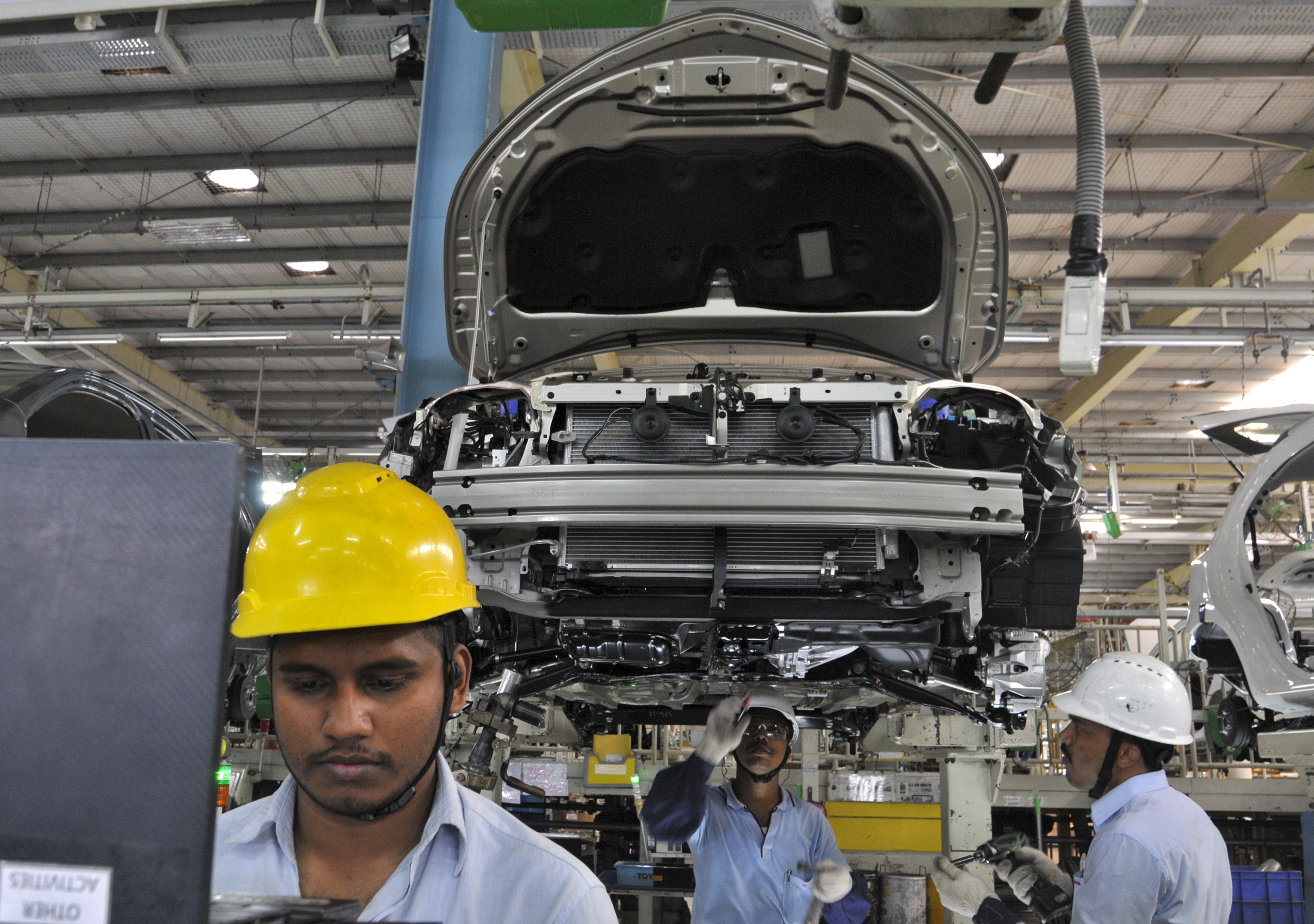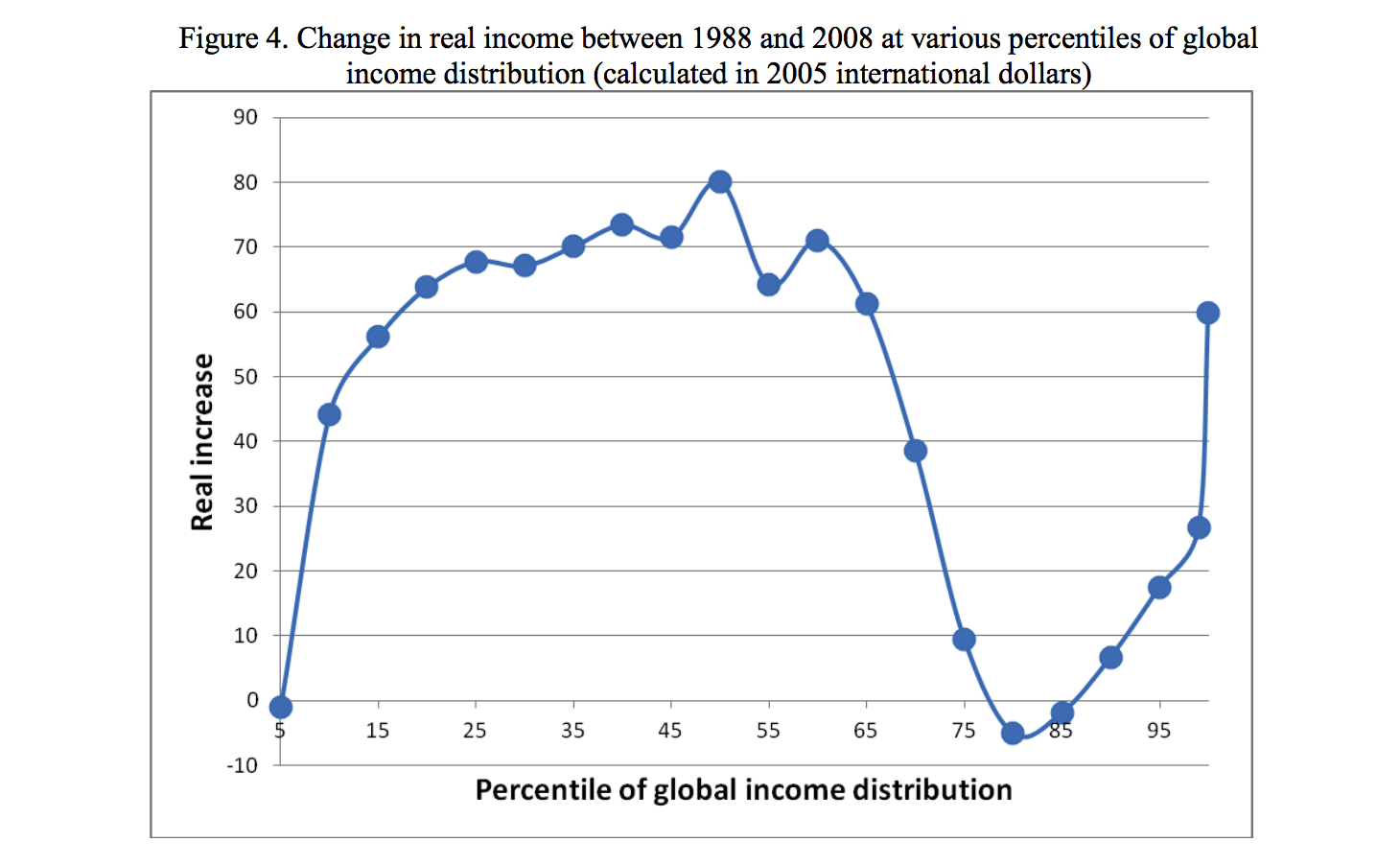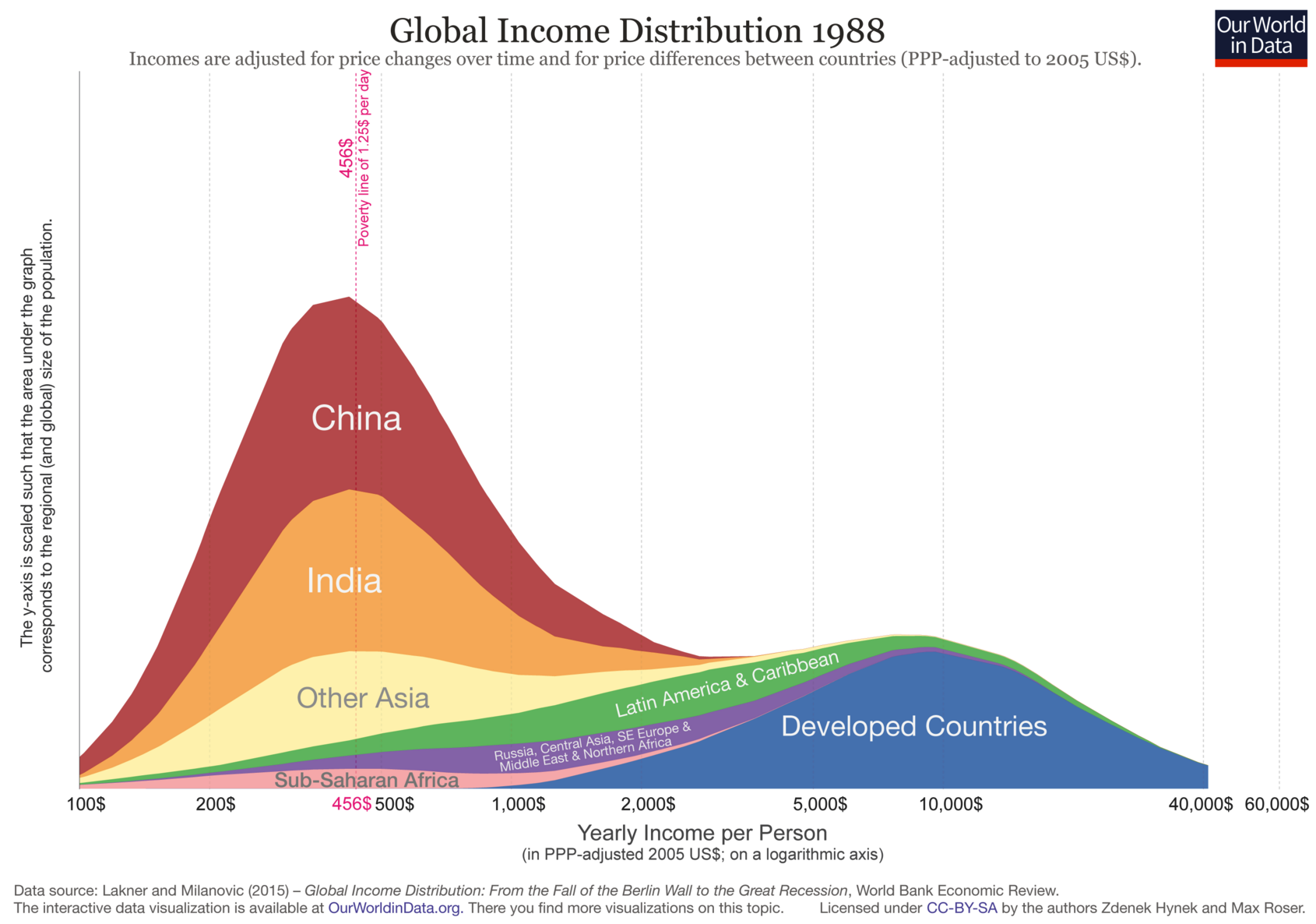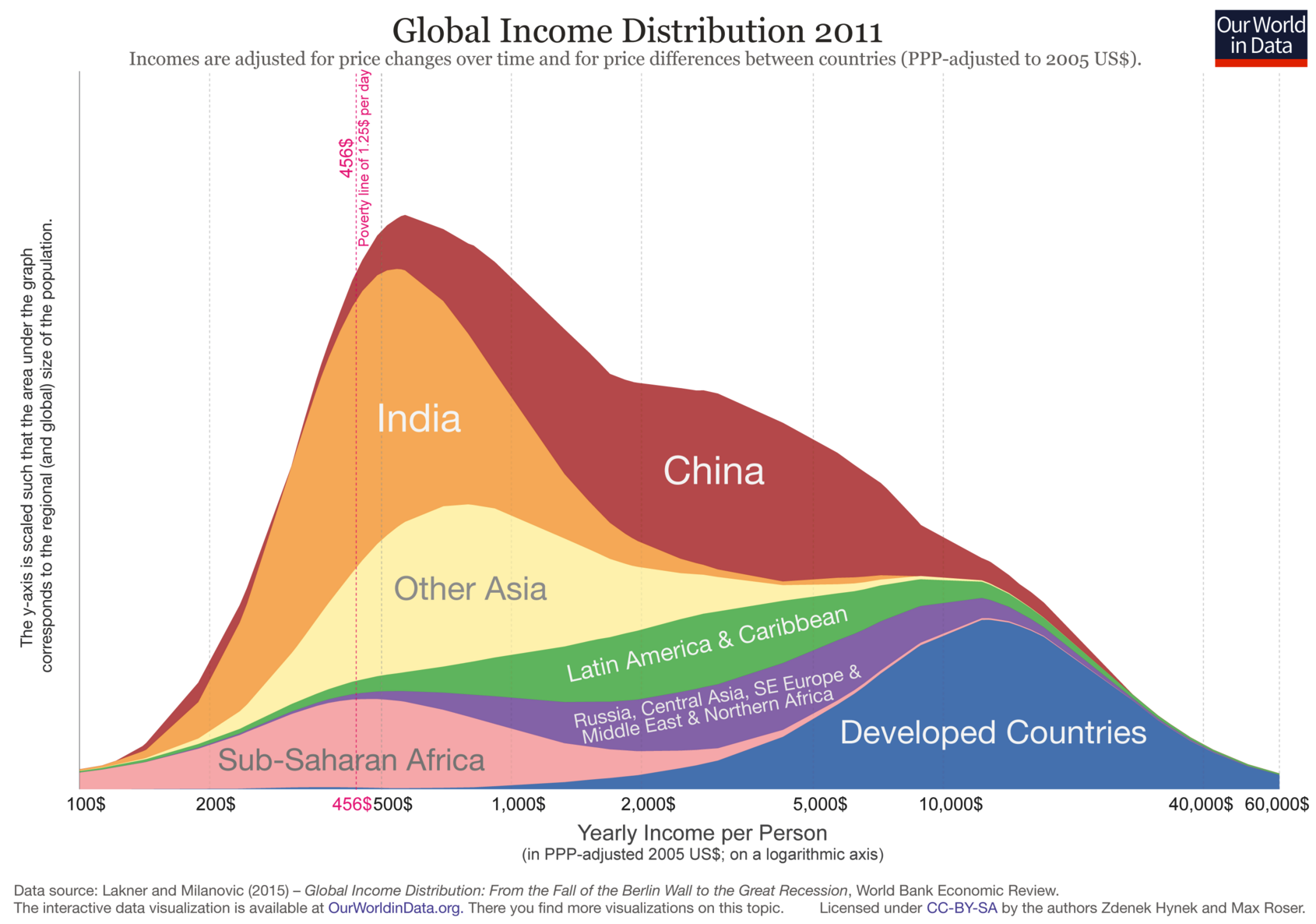In 2050, Chinese politicians will talk about India the way Donald Trump talks about China
Just give it a few decades. It may well happen.


Imagine a Chinese version of Donald Trump blathering about his readiness to stomp all over India and make China great again.
Give it a few decades. It may well happen.
America has lost a lot of jobs to China — about 1.5 million manufacturing jobs from 1990 to 2007. And no one wails on this point over and over quite like Donald Trump.
The Week
Escape your echo chamber. Get the facts behind the news, plus analysis from multiple perspectives.

Sign up for The Week's Free Newsletters
From our morning news briefing to a weekly Good News Newsletter, get the best of The Week delivered directly to your inbox.
From our morning news briefing to a weekly Good News Newsletter, get the best of The Week delivered directly to your inbox.
But China won't be China forever. Its manufacturing boom also helped China's mammoth population surge into the global middle class. As China's per capita wealth continues to grow and it shifts into a service economy, the world's manufacturing jobs will start moving to India, Africa, and other parts of Asia.
To see how this might play out, in terms of the overall global forces at play, we can look at data put together by economist Branko Milanovic. Below is a chart on how global incomes changed between 1988 and 2008. Imagine the x-axis is everyone in the world lined up, in order of how rich they were in 1988, from left to right. The y-axis is how much their incomes increased over the time period since.

Now, you see that divot on the right-hand side, between the 75th and 85th percentiles? That batch of poor souls whose real incomes actually went down over the last two decades? That's the working class in advanced Western countries. It's Americans who support Trump. It's also Europeans who support the rising anti-immigrant, anti-trade nationalist parties in their own countries. As Matt O'Brien put it at The Washington Post, that chart is something of a Rosetta Stone for understanding the political unrest here in the Western world.
But O'Brien also suggested something more hopeful: that our loss of jobs to China was basically a one-off event.
A free daily email with the biggest news stories of the day – and the best features from TheWeek.com
In the case of America, that may well be true. As countries develop, their populations become richer and are able to provide more demand internally, and that powers the economic shift from relying on manufacturing to relying on services. And since goods are a lot easier to export than services, it's also much easier for manufacturing industries to go running around the globe, chasing the poorest — and thus the cheapest — populations of workers. (Though it's worth wondering how many services may become exportable in the digital era.)
America has already gone through this process. Our manufacturing jumped up and left for China. Over there, the manufacturing-to-services shift is still underway, but is at its turning point. So where do the manufacturing jobs go next?
Here are some more charts that economist and data visualizer extraordinaire Max Roser created, based off data Milanovic put together with Christoph Lanker. The x-axis is level of income, the y-axis is population. Here's 1988:

And here's 2011:

You can go to Roser's website to see the whole presentation, but I'm sure you get the point: China moved decisively into the global middle class over this time period, but India, Africa, and the rest of Asia are still coming up. As they do, the manufacturing jobs will likely jump from China to them.
Enter Chinese Donald Trump to capitalize on the anger of China's working class.
But there may be a way to avoid it. China has been running a big trade surplus with America, exporting more than it imports. (America, in turn, has been running a trade deficit with China — and everyone else.) But that's actually the reverse of how textbook economics says it should happen. Developing countries are supposed to buy goods and borrow from rich countries as they build up their own economies.
The thing is, this textbook process requires the developing country to provide demand for its own economy internally. And that requires egalitarian distributions of income, so that everyone in the developing country can consume. But China is super unequal. And to stay unequal, the Chinese government depressed its currency, which allowed it to bleed demand from America, and create its jobs that way instead.
Meanwhile, that loss to our internal demand made it harder for America to generate jobs here. The problem wasn't so much that America lost manufacturing jobs per se, but that nothing else came along to replace the role they filled in our society. And American elites have been basically fine with this situation, since they benefit from inequality here as much as Chinese elites benefit from inequality over there.
And that illustrates the way out: The trade relationship between America-the-rich-country and China-the-developing-country has been deeply unhealthy for both sides. Once China becomes the rich country, maybe it can do better with India and Africa and the rest as they develop.
And that could help us all avoid Chinese Donald Trump.
Jeff Spross was the economics and business correspondent at TheWeek.com. He was previously a reporter at ThinkProgress.
-
 7 bars with comforting cocktails and great hospitality
7 bars with comforting cocktails and great hospitalitythe week recommends Winter is a fine time for going out and drinking up
-
 7 recipes that meet you wherever you are during winter
7 recipes that meet you wherever you are during winterthe week recommends Low-key January and decadent holiday eating are all accounted for
-
 Nine best TV shows of the year
Nine best TV shows of the yearThe Week Recommends From Adolescence to Amandaland
-
 How Bulgaria’s government fell amid mass protests
How Bulgaria’s government fell amid mass protestsThe Explainer The country’s prime minister resigned as part of the fallout
-
 Femicide: Italy’s newest crime
Femicide: Italy’s newest crimeThe Explainer Landmark law to criminalise murder of a woman as an ‘act of hatred’ or ‘subjugation’ but critics say Italy is still deeply patriarchal
-
 Brazil’s Bolsonaro behind bars after appeals run out
Brazil’s Bolsonaro behind bars after appeals run outSpeed Read He will serve 27 years in prison
-
 Americans traveling abroad face renewed criticism in the Trump era
Americans traveling abroad face renewed criticism in the Trump eraThe Explainer Some of Trump’s behavior has Americans being questioned
-
 Nigeria confused by Trump invasion threat
Nigeria confused by Trump invasion threatSpeed Read Trump has claimed the country is persecuting Christians
-
 Sanae Takaichi: Japan’s Iron Lady set to be the country’s first woman prime minister
Sanae Takaichi: Japan’s Iron Lady set to be the country’s first woman prime ministerIn the Spotlight Takaichi is a member of Japan’s conservative, nationalist Liberal Democratic Party
-
 Russia is ‘helping China’ prepare for an invasion of Taiwan
Russia is ‘helping China’ prepare for an invasion of TaiwanIn the Spotlight Russia is reportedly allowing China access to military training
-
 Interpol arrests hundreds in Africa-wide sextortion crackdown
Interpol arrests hundreds in Africa-wide sextortion crackdownIN THE SPOTLIGHT A series of stings disrupts major cybercrime operations as law enforcement estimates millions in losses from schemes designed to prey on lonely users
